Microeconomics Assignment: Comparing Contemporary Economic Theories
Question
Task:
Microeconomics Assignment TASK 1 – 60% (1500 words)
Demand and Supply analysis are fundamental to any business thus every business must understand its impact and dynamics. Demand and Supply analysis therefore underlines to some extent the growth and success of most businesses in our society today.
Critically analyze the following micro economics concepts with reference to any business of your choice.
1.1 Explain the law of Demand, movement along the same demand curve (with the aid of diagram) and changes in demand curve (with the aid of diagram).
1.2 Explain the law of Supply, movement along the same supply curve (with the aid of diagram) and changes in supply curve (with the aid of diagram).
TASK 2 – 40% (1000 words)
Compare and contrast emerging theories and models in 21st century contemporary economics with those of the 20th century, and relate both of these to modern business practices.
Answer
Introduction
Analysis and understanding of total market demand and supply play an important role in business success. The companies are broadening their analysis process to view factors that are impacting market demand and supply and use it for making business decisions. Moreover, knowledge of factors impacting demand and supply is also important for the growth of the business by helping them build a balance in the market. Further, economic theories of 21st century contemporary economics differ greatly from those of 20th century. The report analyzes the micro economics concepts of demand and supply with respect to business example. Further the report compares emerging theories of 21st century contemporary economics with 20th century theories in relation to business practices.
Task 1
1.1 Law of Demand
Law of demand states that with other factors being constant, the quantity demand of goods and service changes when the price of goods changes. There is an inverse relation between quality demanded of goods and its prices. This means that as prices of product increases, the demand for that product falls and when the price falls, the demand increases (Schneider 2019). This can be explained in relation to the clothing store that sells clothes of all types. From the below diagram (figure 1(a)), it can be seen that when the store increases the price of certain types of clothes from P to P1, the demand for such clothes decreases from D to D1. This is because it has become less affordable for people at the present price. This is because the demand for clothes can be postponed until price reduces, being a normal good. However, there are some exceptions to the law of demand in case of clothing business such as demand of clothes from luxury brands like Zara. In case of luxury clothing brands, the demand for clothes decreases with a reduction in price and increases with an increase in price (refer to figure 1(b).
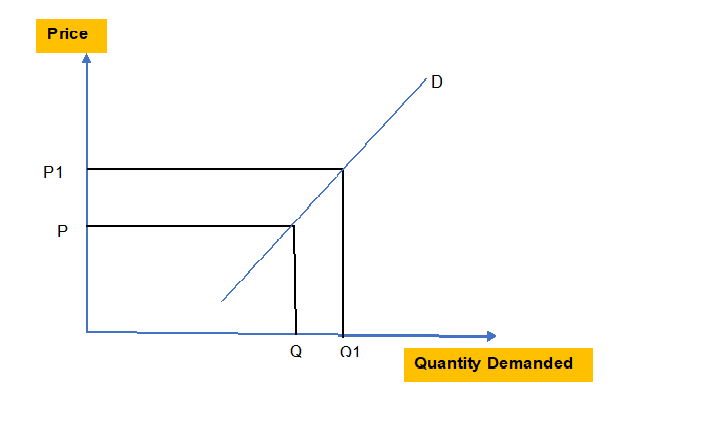
Figure 1(b)- Exception to Law of demand
Source- Author’s creation
Movement Along the Demand Curve
There are two concepts of demand such as movement along the demand curve and changes in demand curve. Both the concept helps the business to understand the different factors that cause a change in demand for products.
The concept of law of demand is closely related to movement along the demand curve. Change in price causes a movement along the same demand curve. The movement can either lead to contraction or expansion in demand (Schneider 2019). When the price increases then the demand for goods moves upward and there is a contraction in demand. On the other hand, when price decreases the demand for goods moves downward and there is extension in demand. This can also be seen in reference to clothing business where as price of clothes increases, the demand for clothes moves along the same demand curve. From the diagram below it can be seen that as the price of jeans increase from $80 to $100, then the demand of jeans moves upward from 20 to 15. This shows the contraction in the movement in demand for clothes. Similarly, if the price of jeans falls from $80 to $60 then the demand for jeans moves downward along the same demand curve from 20 to 25. This is the expansion in demand for clothes in the market.
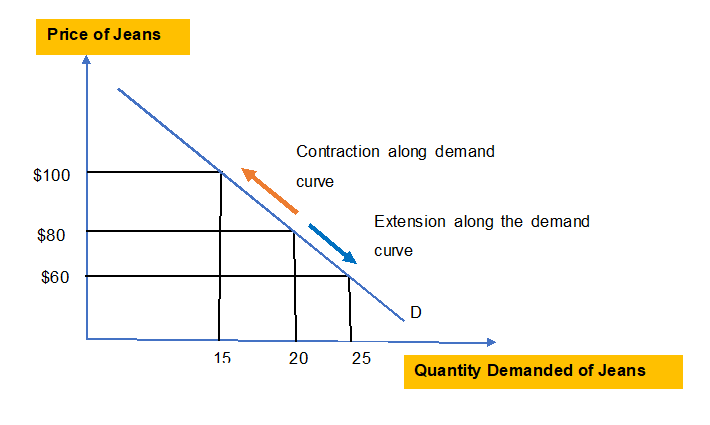
Figure 2(a)- Movement along the demand curve
Source- Author’s creation
Shift in the Demand Curve
The demand for good or services also changes due to other factors where price remains constant. There are two types of shift in the demand curve, such as rightward shift and leftward shift. There are number of factors that causes the entire demand curve to shift rightward or left with increase or decrease in demand in the market. Some of these factors impacting demand curve are changes in preferences, price of substitutes and price of related goods (Schneider 2019). For example, in case of clothing business factors such as change in fashion, intensive advertisement campaign, increase in income and changes in population impacts the demand for clothes in the market. For example, the bell bottom jeans are out of fashion in the market. This means that today people do not prefer or wear bell bottom jeans much. Such change in fashion and preferences of people for a clothing style will cause a decrease in demand for bell bottom jeans or a leftward shift in demand curve. This can be seen from the diagram below that at constant price P, the demand for bell bottom jeans reduces from Q to Q1 due to change in fashion preferences of customers for such jeans. This is called leftward shift or decrease in demand curve. In contrast, when the preferences of people move towards bell-bottom jeans or there is an increase in income then the demand increases and the demand curve shifts rightward. This is called rightward shift or increase in demand with price remaining constant (2(b)). However, the shift in demand is for short term because in long run the price of the product will respond with huge increase or decrease in demand.
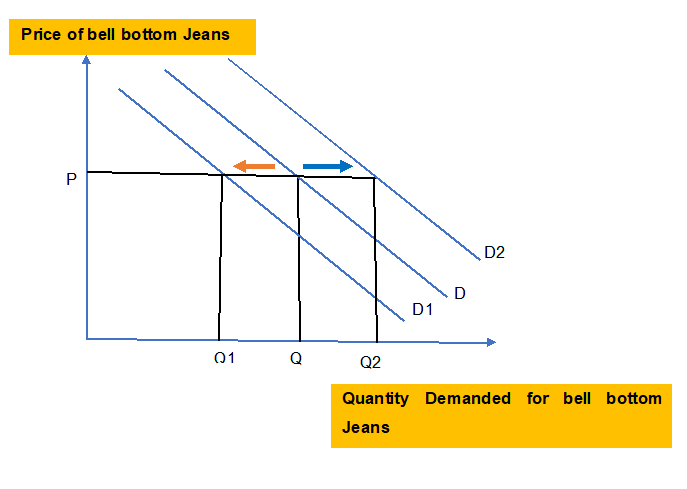
Figure 2(b)- Shift in demand curve
Source- Author’s creation
1.2 Law of Supply
Law of supply states that price and supply of product has direct relationship with each other. This means that when price of a product increases, the supply of product also increases and vice versa. Law of supply shows the impact of change in price on producer behavior (Schneider 2019). The theory of law of supply can be seen in reference to video games business. as the price of video games rises in the market the video game makers increase their production of video games to earn better profit. From the diagram it is seen that as price increases from P to P1 the quantity supplied for video games increases from Q to Q1. However, there are some exceptions to law of supply in which the total supply of product reduces as the price of the product increases. In case of video game if the game becomes out of trend the sellers sell it at low prices to clear the goods. Thus, even at low price the supply of good is high in the market. Moreover, even if the price of such games is not low, yet the game makers do not make such games in long run (figure 3(b)).
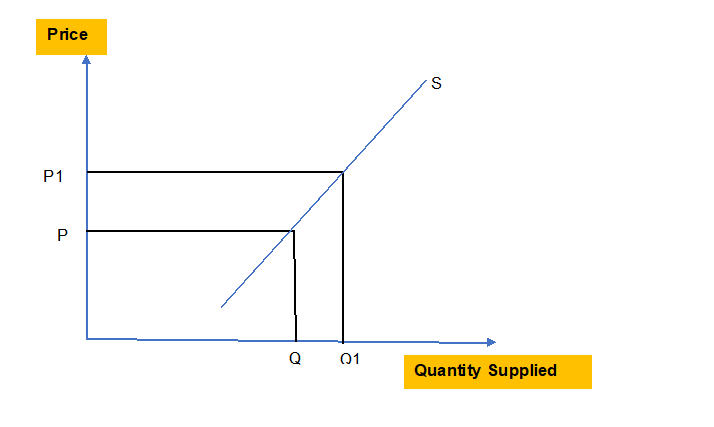
Figure 3(a)- Law of supply
Source- Author’s creation
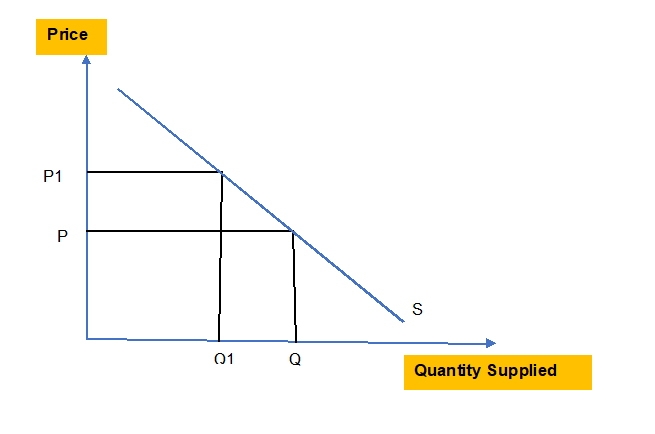
Figure 3(b)- Exception to the Law of supply
Source- Author’s creation
Movement along the Supply Curve
Movement along the supply curve takes place when there is a change in price of the products and the quality supplied of same products changes accordingly. The movement can cause contraction in supply or extension in supply. In relation to video game business it can be seen that with rise in price the supply of video games moves upward along the same supply curve. For example, with rise in price of a type of video games from $100 to $120, the video game makers will move the production of that type of games upward from 200 to 300 units with the intension to increase sales. This is called extension in supply of product along same supply curve. In contrast, with a fall in price of a type of game in the market from $100 to $80, the game makers reduce the production of such games and shift to make games that has high price in the market. Thus, the overall supply of such games reduces from 200 to 100 units along the same supply curve (figure 3 (c)). Thus, there is a contraction in total supply of video games in the market.
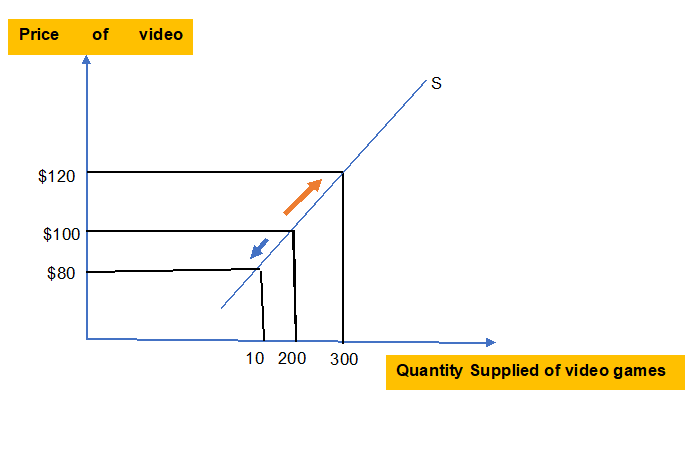
Figure 3(c)- Movement along the Supply Curve
Source- Author’s creation
Shift in the Supply Curve
Along with movement in supply curve upward or downward, there is also a shift in supply curve that rightward or leftward. The shift in supply occurs due to number of factors such as change in input price, natural conditions, changes in technology, regulations and others. the price of products remains constant during shift in supply curve. In case of video game business, the change in supply of games in market is affected by factors such as price of inputs such as parts, development of automation technology, regulations related to video games and others. For example, when there is development of automation technology that help in fast development of games. In such situation the supply curve of video games shifts rightward and cause an increase in supply of video games. Thus, with rise in automation technology the supply curve shifts from S to S1 and quantity supplies for games increases from Q to Q1, with price remaining constant (figure 3(d)).
In contrast when the price of parts of video games increases such as gamepads, flight sticks, headsets and others, then the supply of video games decreases. This is because the cost of producing video games becomes costlier. Thus, in such cases the supply curve shifts leftward and there is a decrease in supply of video games from Q to Q2, with price remaining constant. Thus, changes in factors other than price can cause a shift in supply curve leftward or rightward with price remaining constant at P.
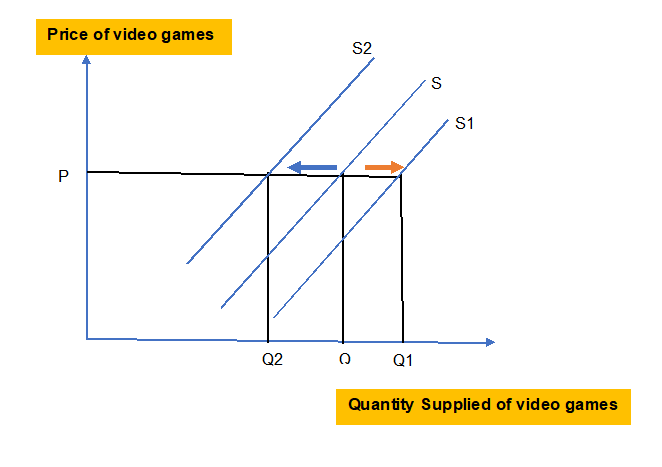
Figure 3(d)- shift in supply curve
Source- Author’s creation
Task 2
2.1 Neoclassical Economics
The contemporary economics theories that emerged in 20th century and 21st century is Neoclassical economics and Keynesian economics that impacts behaviors in business. Neoclassical economics developed in 1900s that focused on demand and supply as the driving force in the market. According to this theory, the production, pricing and consumption of all goods and services in the market depends on the two market forces of demand and supply. The theory highly believed in the concept of perfect competition (Lowrey 2003). This can be linked with the modern business practices where the decision of total production highly depends on demand need in the market. Moreover, the businesses are price takers that is largely influenced by the forces of demand and supply. The businesses largely depend on the consumers for their pricing decision. This is because neoclassical economists’ states that the perception of the consumer about the product and technology benefits directly impacts its price. the mere process adopted by the firm in this kind of market condition is to transform input into output, without much control on prices.
The behavioral economics focus on altruism, which means the human behaves according to their emotions and fairness rather than behaving rationally. In contrast, Neoclassical economists argues that the first concern of the consumer is to maximize personal satisfaction or utility. They make purchase decision based on their evaluation of the utility a product or service offer them. Thus, this theory states that people behave rationally while making economic decisions. They argue that based on this assumption the modern business practices highly focus on adding value to their products that can maximize utility of the consumers (Lowrey 2003). This is because according to this theory, maximizing utility is the best way to maximize profits from the produced item. Further, the modern businesses focus at employing best expertise for the development of the product that can help maximize utility of their produce.
Based on the neoclassical model, various economic theories were developed that is used in modern businesses such as profit maximization and utility maximization. The central principle of neoclassical economics is that economy is a system in which equilibrium can be attained (Mladenova 2006). This means that this model of economics focused on a decentralized market economy.
However, the future development of neoclassical economics saw the growth of imperfect and monopolistic competition. With the development of imperfect and monopolistic competition the firms of today has some degree of control on their pricing and output decision with the help of product differentiation (Mladenova 2006). This means that with the development of imperfect competitive market, the firms today have involved in the development of differentiated product that can help them to control prices of their product and gain better profit from increased product value. Further, there are some businesses today that practice huge control on their prices and product and are known as single product entity. Thus, neoclassical economics has emerged these two though subsequently in relation to market that has highly impacted the decision-making practices of businesses on price and output.
However, the neoclassical economic has been criticized for its rationality assumption. This is because the rationality assumption has ignored the vulnerable side of human nature or emotional responses. This is because in modern markets emotional responses of consumers does impacts producer’s decision. The altruism concept of behavioral economics helps in overcoming the limitations of neo-classical economics.
2.2 Keynesian Economics
The broad Keynesian economics model is relevant in the realities of 21st century that focus on economic policy and behavioral economics (Schettkat 2018). Different economic policies are formed by the government that help in equitable development and growth of economic. The relevance of growth theory has increased in the 21st century. The theory advocated the fiscal and monetary policy that help in expansion or contraction of government spending and taxes. According to Keynesian model the economic policy stimulate demand in the economy and help in pulling world economy out of depression (Mladenova 2006). Keynes’s theory states that fiscal stimulus focus on injecting government spending that further leads to developed business activity and more spending. This shows that the business decision to expand output largely depends on the fiscal and monetary policy of the government. this means that the businesses keep a close check on government spending to make decisions on their production. This is because according to Keynesian economics, a consumer becomes a source of income for the business and their decision to spend on wages, equipment, energy, materials and other investments done by them. Thus, the businesses in 21st century operates cycle of functions in their environment that starts from spending of the workers in the market to spending decision of businesses that again turns to worker’s income (Imf 2021). The model assumes that the consumers should spend more and save less. Thus, Keynesian model has stated the relationship between savings, investment and economic growth. Government intervention plays an important role in the Keynesian economy and shows high involvement of government spending in the markets. The modern business practices that is highly dependent on government spending helps in bringing the economy out of crisis.
Further, Keynesian believes that prices and wages respond slowly to changes in market demand and supply. Moreover, the changes in wages in turn result in shortages or surplus of labor or increased unemployment (Imf 2021). This is visible in modern businesses keep a close check on changes in wage level to ensure effective labor supply for production processes. Today’s modern businesses have also involved in research activities to track the demand and supply of their products and take decisions on pricing and wages accordingly.
Conclusion
From the above analysis it can be concluded that demand and supply play an important role in the economy today. The economic models developed in 20th and 21st century has stated the function of demand and supply in the market and the impact it has on the business decision and practices. Moreover, the demand and supply in the market are also impacted by prices of product and other non-price factors that leads to changes in quantity demanded and supplied.
References
Imf, 2021. What Is Keynesian Economics? - Back to Basics - Finance & Development, September 2014. [online] Imf.org. Available at:
Lowrey, Y., 2003. The entrepreneur and entrepreneurship: A neoclassical approach. Office of Advocacy, US Small Business Administration Economic Research Working Paper.
Mladenova, Z., 2006. The Evolution of Economic Theory during the Twentieth Century., (7), pp.49-71.
Schettkat, R., 2018. The Behavioral Economics of John Maynard Keynes (No. 2018-007). Schumpeter Discussion Papers.
Schneider, G., 2019. Microeconomic principles and problems: A pluralist introduction. Routledge.












